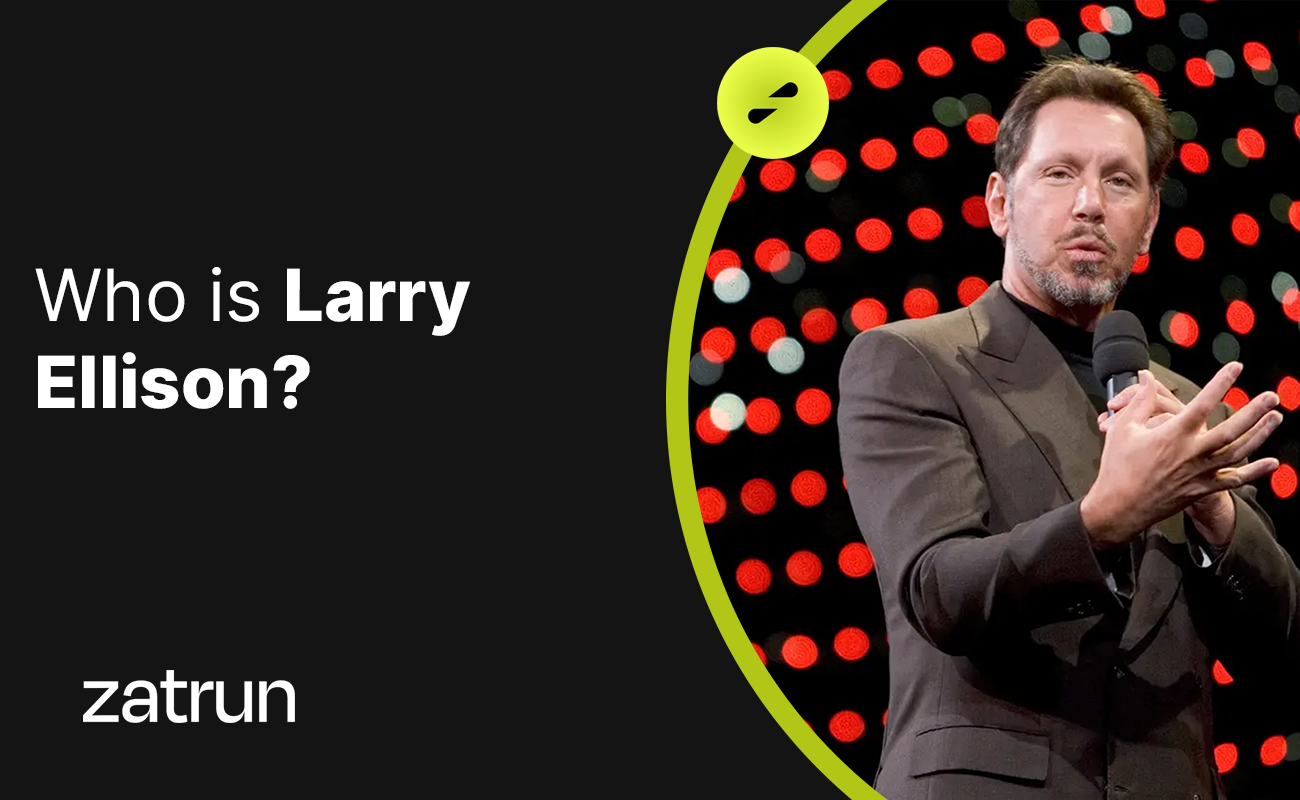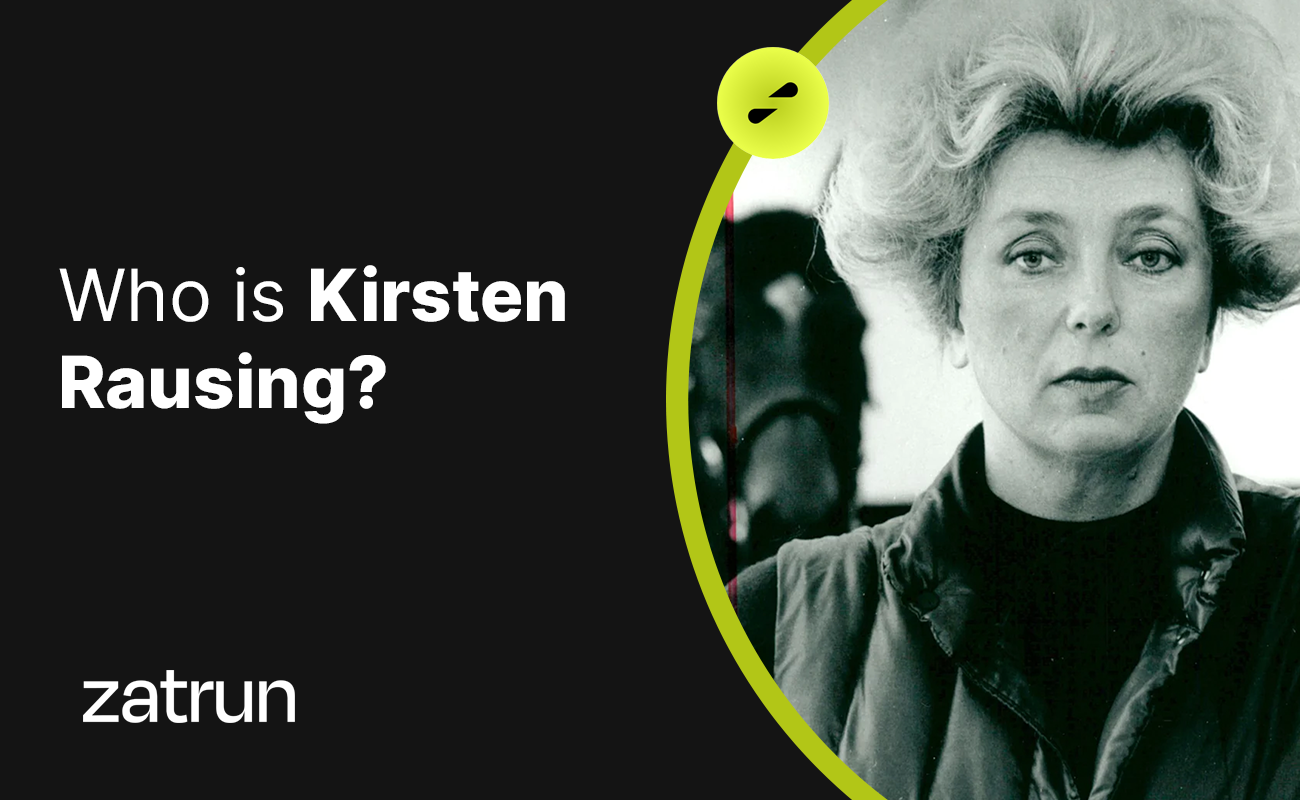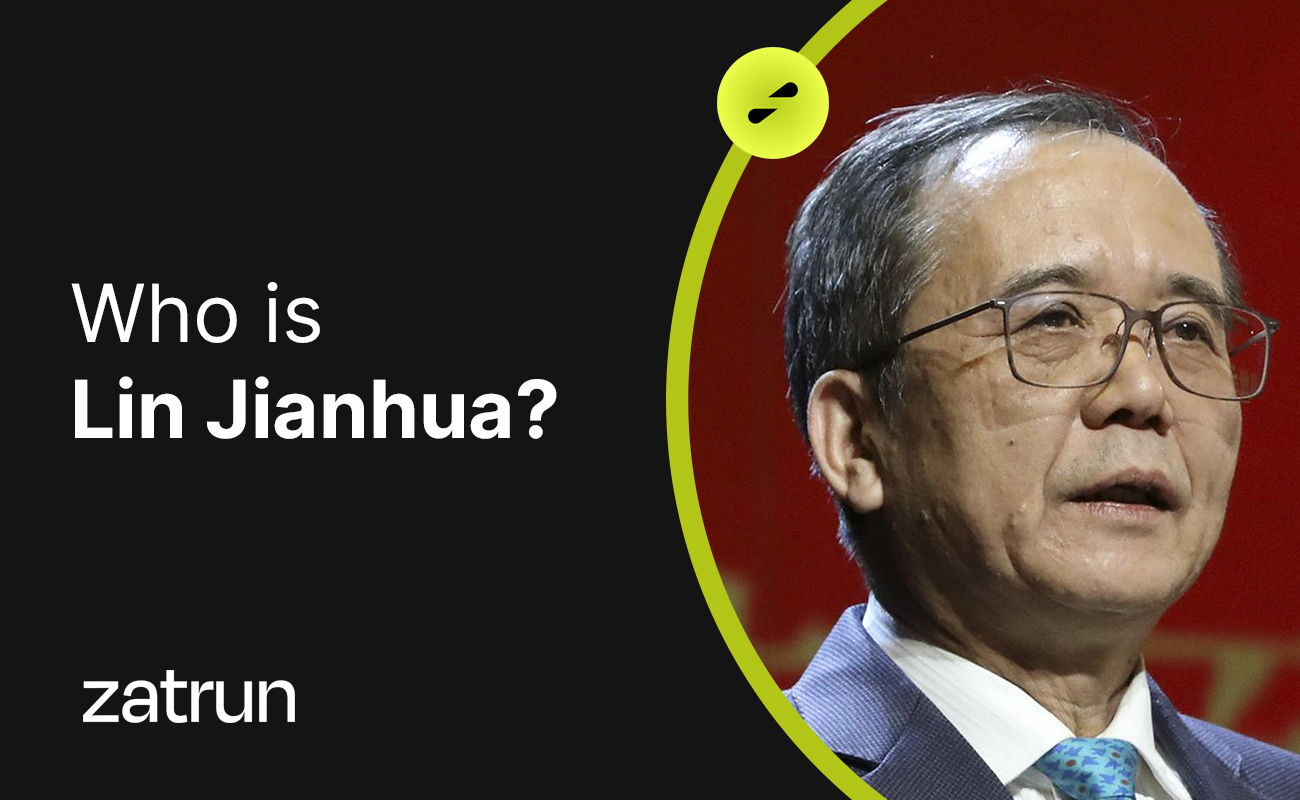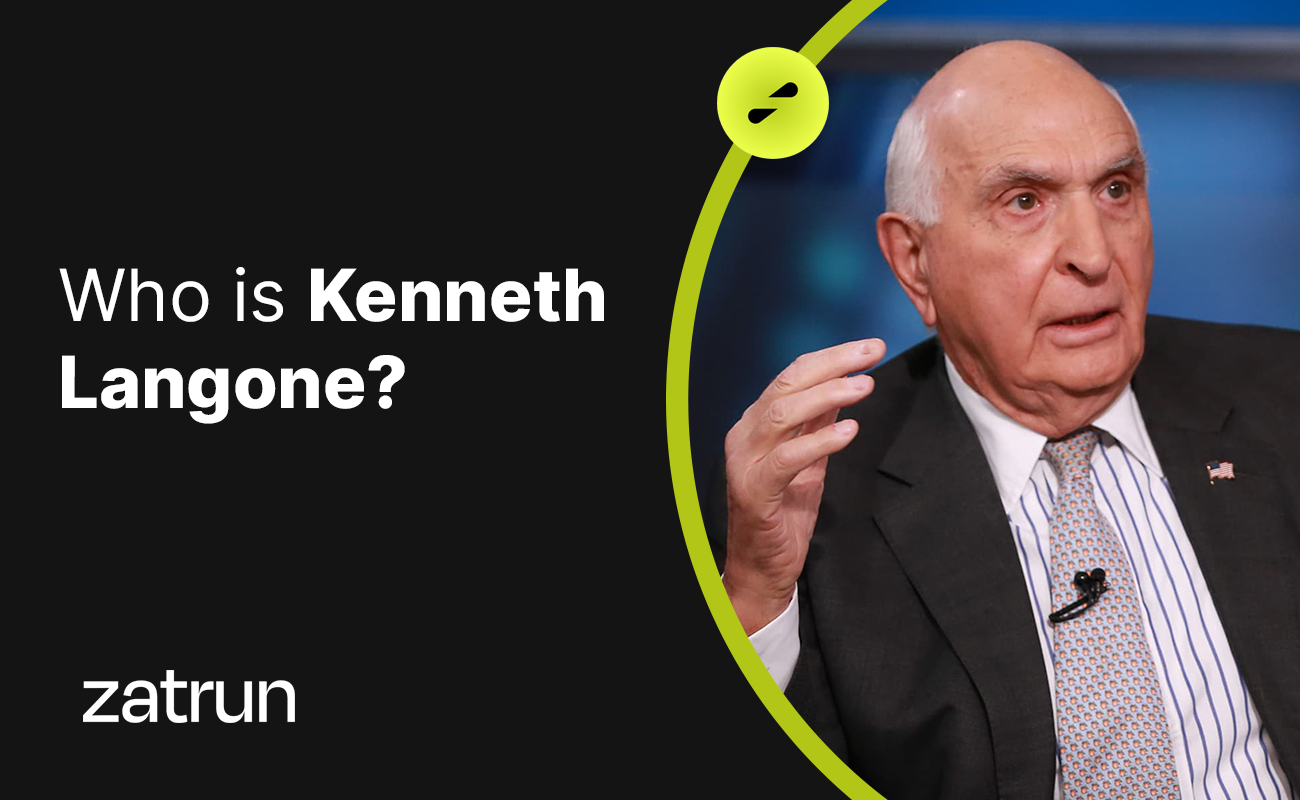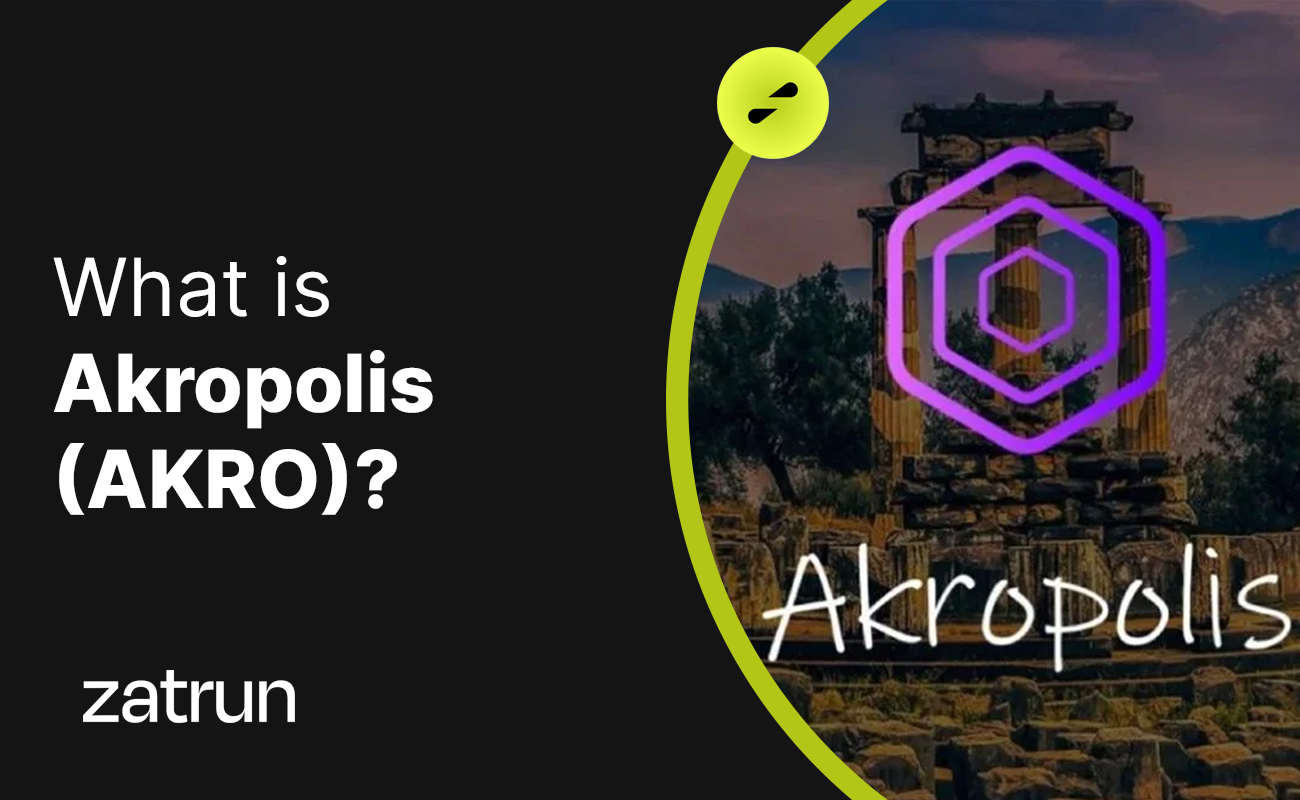In the ever-evolving world of cryptocurrency, Wrapped Bitcoin (WBTC) has swiftly risen to prominence. This unique project seamlessly combines Bitcoin’s power with the flexibility of the ERC-20 standard on the Ethereum blockchain. Zatrun.com has meticulously examined every aspect of WBTC, providing you with an in-depth guide. Let’s delve into what makes Wrapped Bitcoin unique, its advantages, disadvantages, and more.
Wrapped Bitcoin (WBTC) Coin: An Innovative Fusion
Wrapped Bitcoin, an ERC-20 compatible crypto asset, brings Bitcoin’s strength into the Ethereum ecosystem. As the first ERC-20 token fully backed by Bitcoin, Wrapped Bitcoin serves to enhance liquidity in the Ethereum ecosystem, including decentralized exchanges and financial applications.
The Wrapped Bitcoin project fills a significant void in the industry by offering a valuable solution. Designed as an ERC-20 token with a stable value pegged to Bitcoin, it holds a prominent place in the world of DeFi due to Bitcoin’s reliability and the flexibility of the ERC-20 standard. WBTC aims to increase liquidity in the Ethereum ecosystem, particularly in decentralized exchanges (DEXs) and financial applications. Currently, a significant portion of trade volume occurs with Bitcoin on centralized exchanges. WBTC has changed this by bringing Bitcoin’s liquidity to DEXs, allowing Bitcoin to be used for token swaps.
By standardizing Bitcoin in the ERC-20 format, it simplifies the creation of smart contracts involving Bitcoin transfers. Furthermore, the technical infrastructure allows seamless integration into the broader DeFi ecosystem.
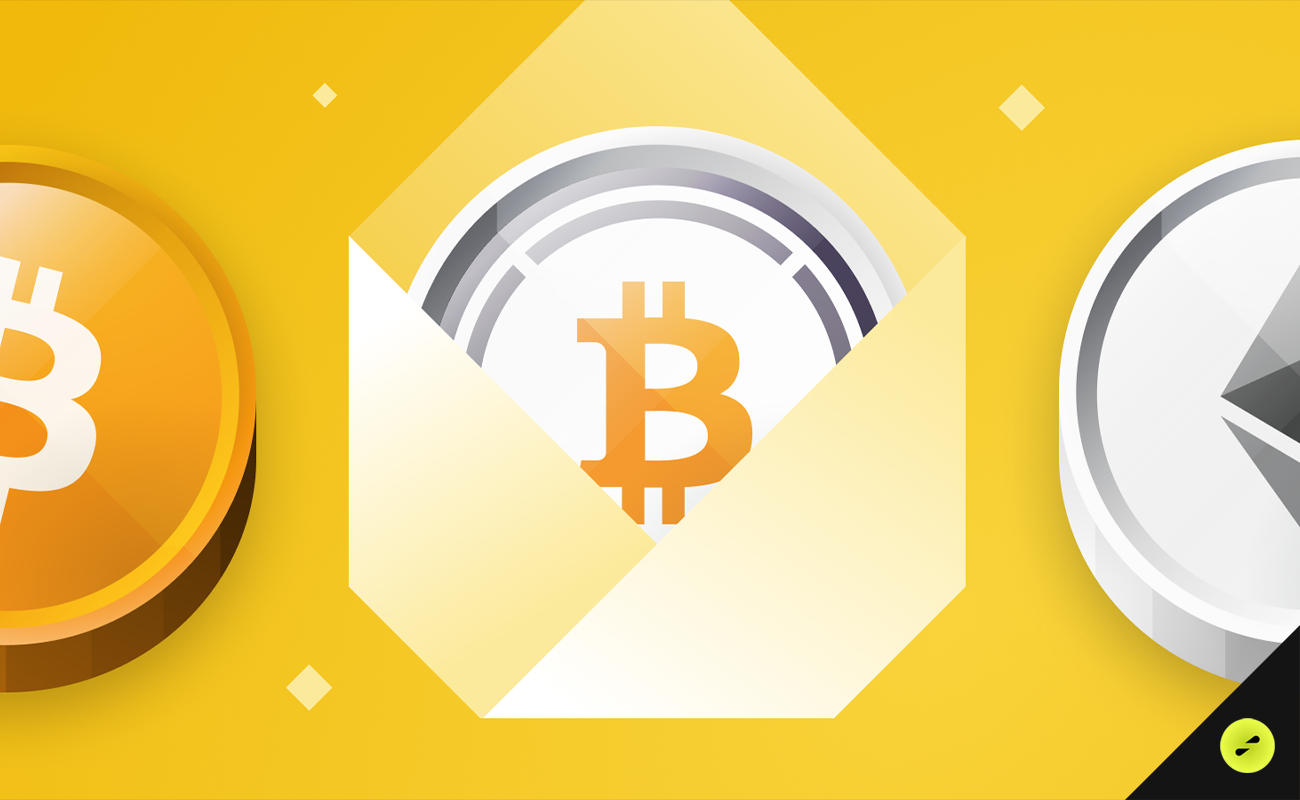
The Visionaries Behind WBTC Coin: A Joint Initiative
Wrapped Bitcoin (WBTC) is a collaborative project initiated by Kyber, Ren, and BitGo. It addresses an important gap by making Bitcoin compatible with the Ethereum blockchain. This project is significant because it brings the world’s leading cryptocurrencies, such as BTC and ETH, into the DeFi ecosystem. It stands out as a project not initiated by individuals but by three major organizations in the industry, namely BitGo, Kyber Network, and Ren.
Being ERC-20 compliant, WBTC extends its usability within the broader Ethereum ecosystem. It functions as a crypto asset used on the Ethereum blockchain, representing a tokenized version of Bitcoin. WBTC tokens are compliant with the ERC-20 token standard and can be used in the Ethereum ecosystem. The process to convert BTC to WBTC involves the minting and burning of tokens by a custodian. Here are some of its general use cases:
- DeFi opportunities, lending, and yield farming
- Token swaps
- Liquidity pools
- Cryptocurrency collateral in various operations
What Sets WBTC Apart?
Wrapped Bitcoin (WBTC) stands out as a pioneering solution that allows Bitcoin to operate on the Ethereum blockchain and expand its scope. Some key features that make this project unique include:
- Standardization of Bitcoin in the ERC-20 format, facilitating the creation of smart contracts.
- Integration of Bitcoin transfers into smart contracts, making it easier to implement Bitcoin in various applications.
- Enables margin trading using Ethereum-based stablecoins and other ERC-20 tokens.
- The first ERC-20 token entirely backed by Bitcoin on a 1:1 basis.
- Secured by Ethereum, with ETH using the Ethash proof-of-work function within the Keccak hash function family.
The Pros and Cons of Wrapped Bitcoin (WBTC) Coin
As with many projects in the crypto industry, Wrapped Bitcoin (WBTC) has its share of advantages and disadvantages. Investors should consider these aspects before making their decisions. Some of the advantages of the Wrapped Bitcoin project include:
- ERC-20 token standard compliance
- Combining Bitcoin’s strength with ERC-20 flexibility
- Full transparency, verifiability, and community focus
Wrapped Bitcoin’s disadvantages include:
- Trading in a high-risk market
- Vulnerable to potential restrictions in DEX and DeFi areas
In conclusion, Wrapped Bitcoin (WBTC) offers a remarkable solution for combining the power of Bitcoin with the Ethereum blockchain. As with any investment in the crypto space, it’s crucial to weigh the project’s strengths against its potential risks and market volatility.


